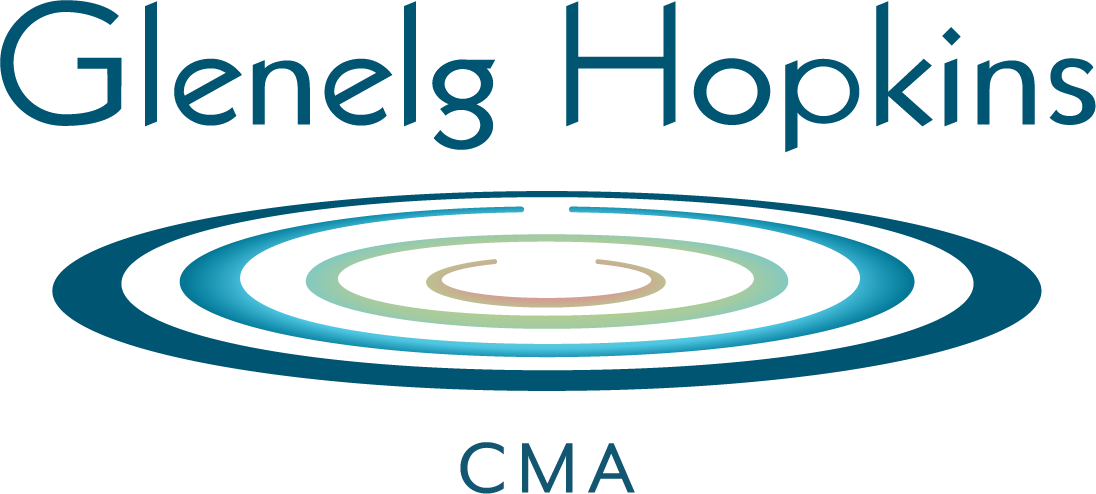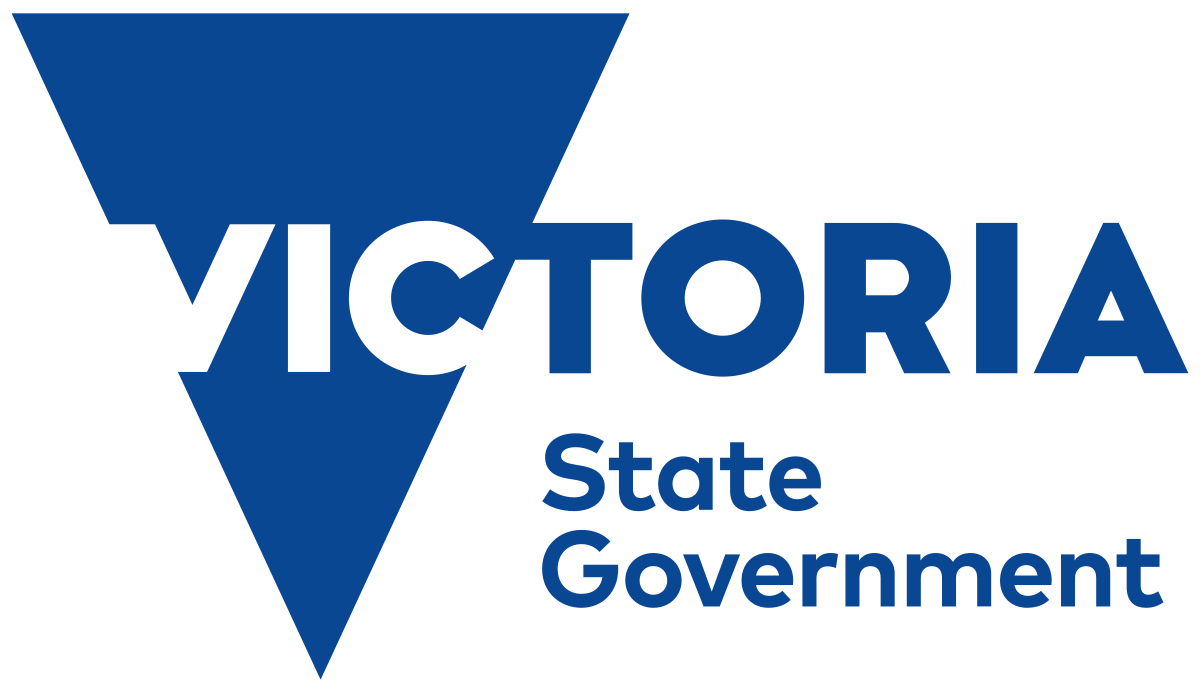Hooded Plover
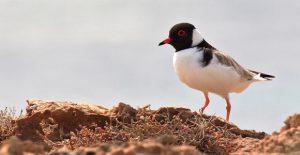
The affectionately named Hoodie is an endangered shore bird along Victoria’s coastline.
This super cute little beach bird is at risk in its natural habitat thanks to some people not respecting its nesting sites. As such, a number of projects have begun to educate people about the Hooded Plover and how simple things, like keeping your dog on a lead at the beach, can help protect it during nesting season.
Project: Protecting the Hooded Plover
Value: $1,500,000 over 5 years
Funding partner: National Landcare Program
Description
The Hooded Plover is a medium-sized sandy-brown plover. It has a black head and a white nape, and the black hindneck collar extends around and forks onto the breast. The underparts are white. The iris is dark brown, with a red eye ring. The legs are pink. Males and females are similar. Juveniles look like adults, but without the black head, hindneck and front of mantle, which are sandy-brown instead. Juvenile legs are pale orange. This species is also known as the Hooded Dotterel or Hoody. The genus name used to be Charadrius.
Habitat
In Victoria, the highest densities of Hooded Plovers occur on beaches with large amounts of beach-washed seaweed. Densities are lowest on narrow, steep beaches, where there are few or no dunes, and where human activities are most intensive. In the south-west, they also occur on inland salt lakes.
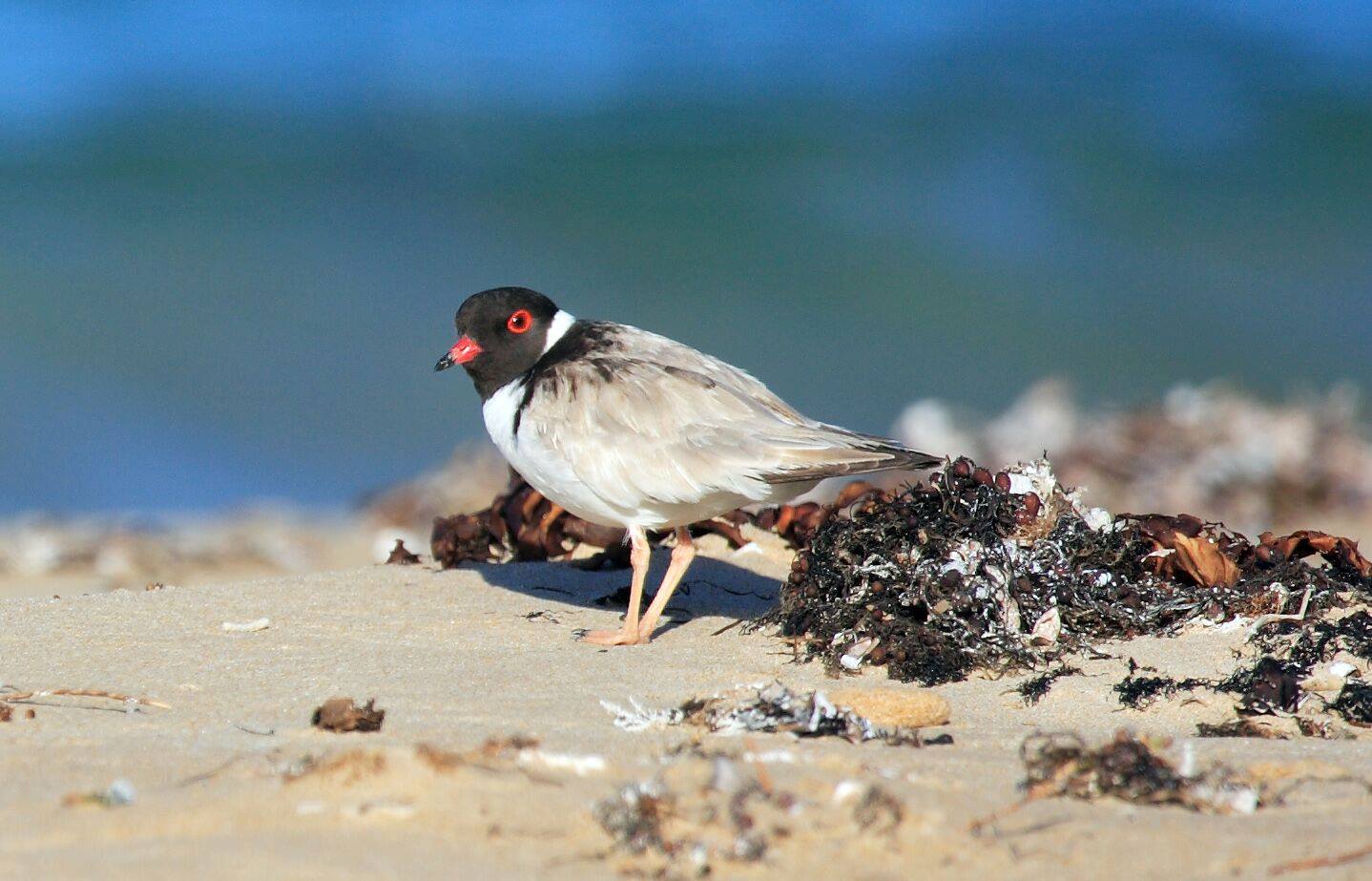 Images: Birdlife Australia
Images: Birdlife Australia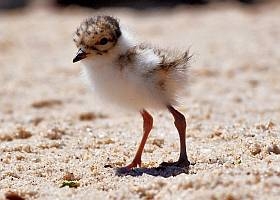 A baby Hoodie chick
A baby Hoodie chick
Feeding
The Hooded Plover’s diet includes insects, sandhoppers (Orchestiasp.), small bivalves, and soldier crabs (Mictyris platycheles). It forages at all levels of the beach during all tide phases. It is most usually seen in pairs or small groups, darting about at the water’s edge as waves recede, bobbing and pecking along the shore.
Breeding
The Hooded Plover excavates a shallow scrape in sand or fine gravel situated above the high-tide mark on ocean beaches or among dunes. This nest may be encircled or lined with pebbles, seaweed and other beach debris. Usually one or two eggs hatch after about 30 days of incubation and the downy young leave the nest within a day or two. Its incubation period is longer than that of other Australasian-breeding plovers.
Check out this great informative video about why the Hoodie is endangered and what you can do to help.
Project partners
This project is funded by the Australian Government through National Landcare Program
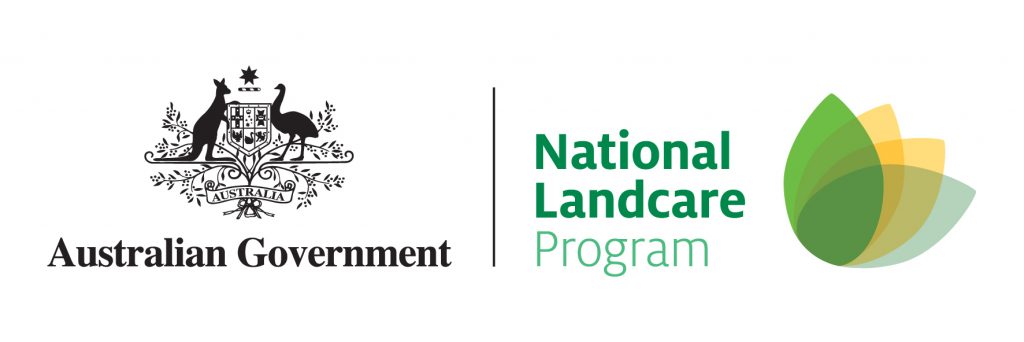
Project delivery partners:
Birdlife Australia, Eyre Peninsula NRM Board, Kangaroo Island NRM Board, Corangamite CMA, West Gippsland CMA
